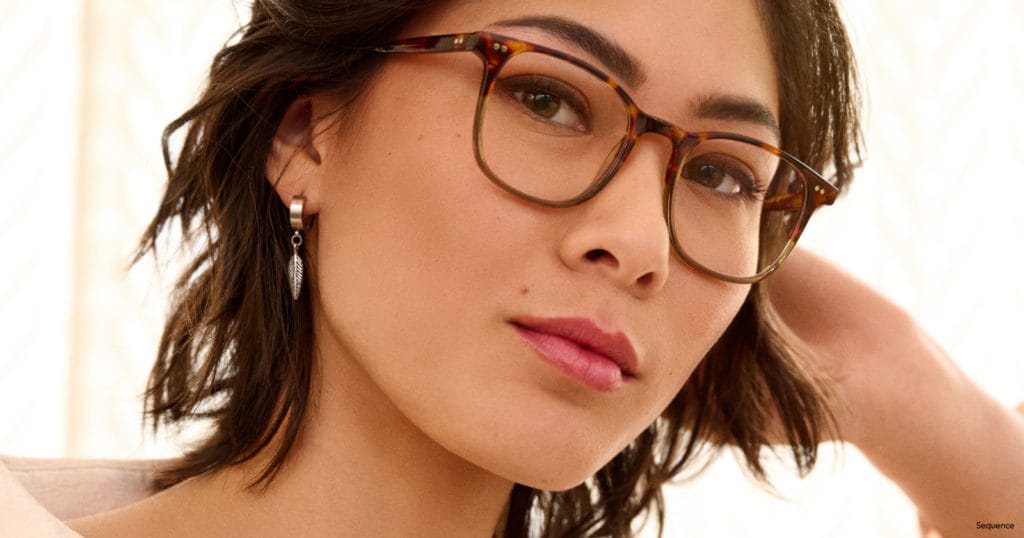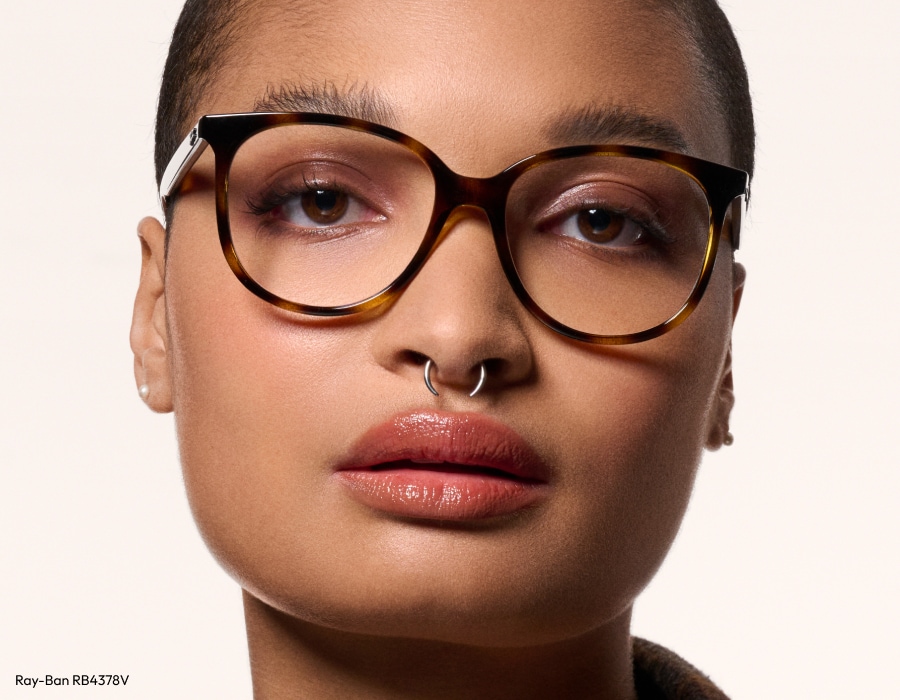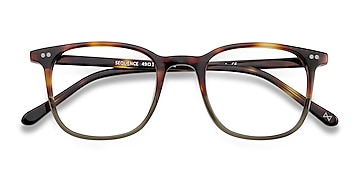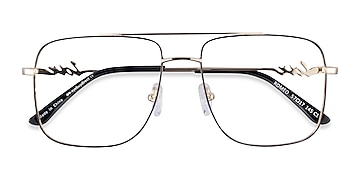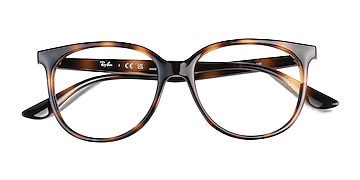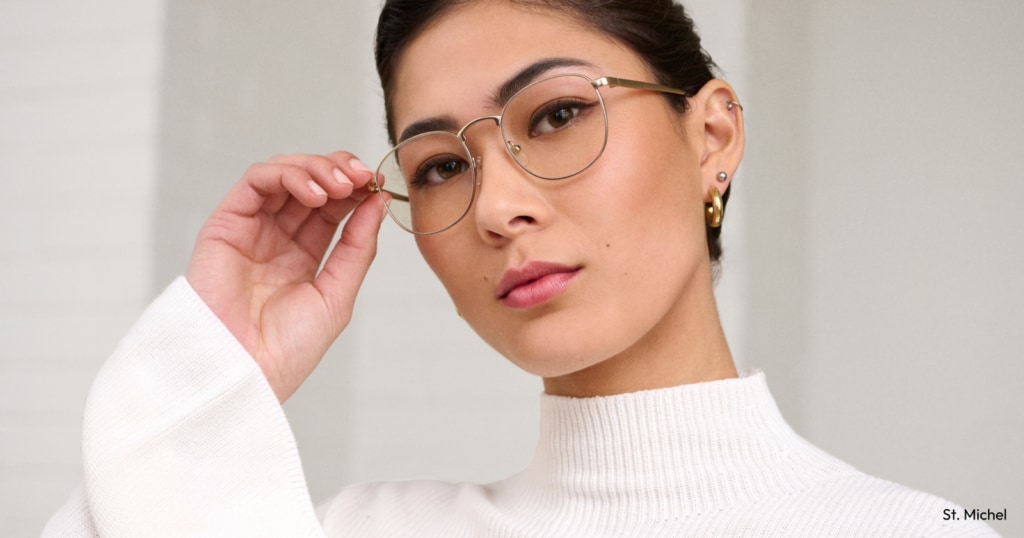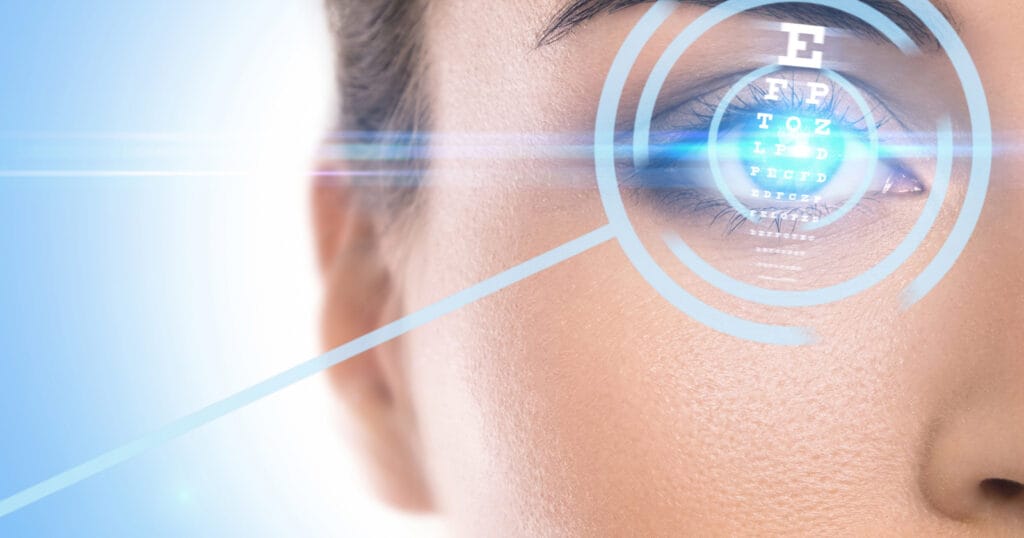Are Brown Eyes Dominant?
Yes, brown eyes are dominant, in the sense that varying shades of brown eyes are the most common eye color. Genetics also make them the most common eye color.
When comparing the genes that determine eye color, the gene for brown eye color is always the dominant trait over the gene for blue or green eyes.
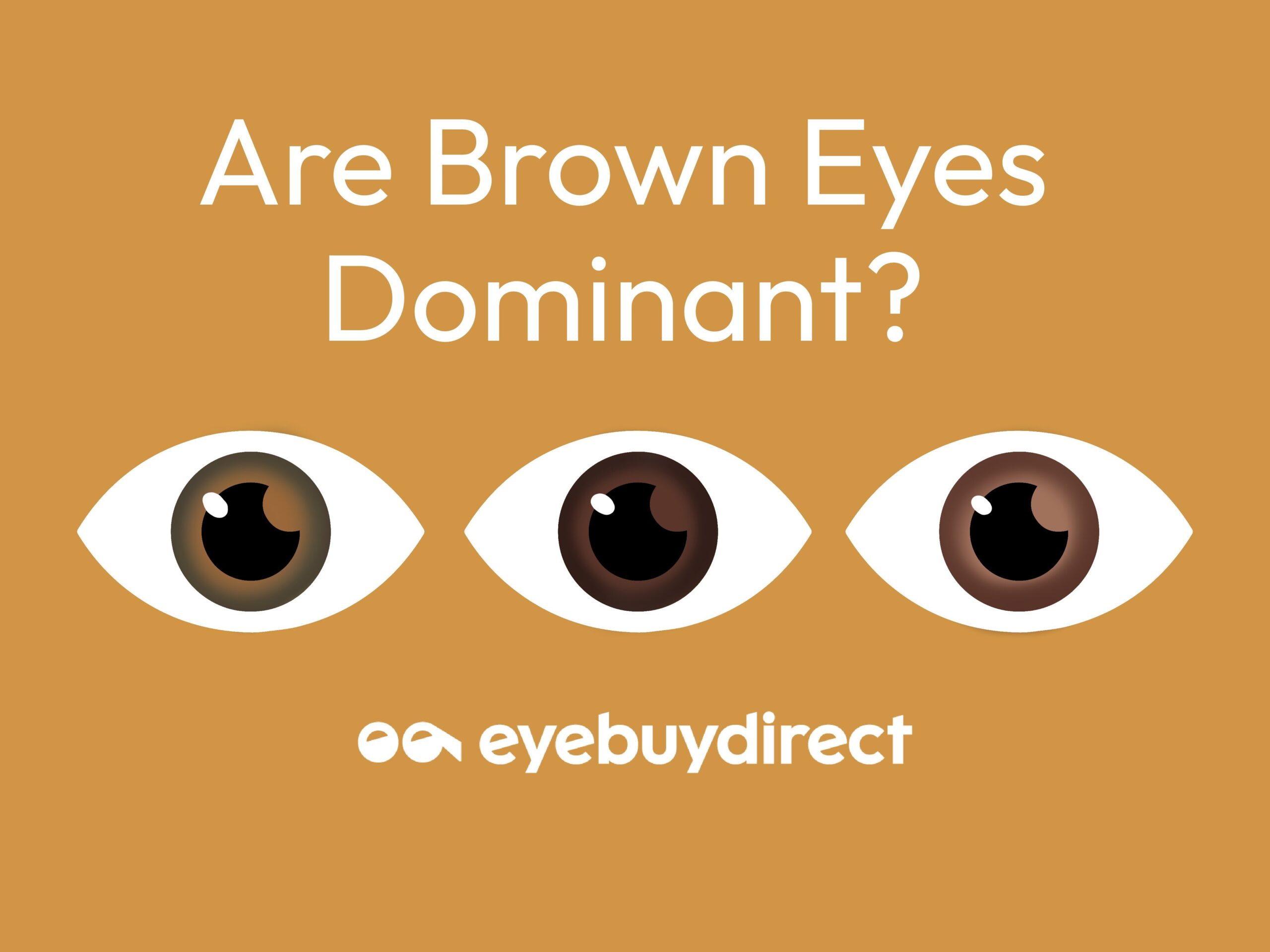
What Causes Brown Eyes?
To put it simply, brown eyes are caused by genes that are passed from biological parents. Genes make up a part of your DNA that work as instructions to determine your makeup as a human. DNA and all the genes within it are housed within chromosomes.
Every eye color results from a melanin combination produced in the iris (the colored part of the eye). Melanin is a substance in the body that gives it pigmentation. It’s produced by cells called melanocytes.
While all humans have the same number of melanocytes, the amount of melanin they produce varies. For example, a person who produces more melanin will have darker skin, eye, and hair color, whereas someone who produces less melanin will have lighter features.
The level of melanin reflected in the iris — that ultimately determines eye color — is controlled by two main genes:
- EYCL1 has one gene variation (called an allele) for green eyes and one allele for blue eyes. In other words, this is the “light eye color” gene. In mapping for eye color, EYCL1 is represented as b.
- EYCL3 has one allele for brown eyes and one allele for blue eyes. Because brown is dominant, EYCL3 is known as the “brown eye color” gene and is represented as B.
Every person receives one chromosome from each parent. So, if both parents have eyes that are brown (B), they would likely produce a brown-eyed child. It’s possible their kids could inherit BB: one B from each parent. But genes are tricky, especially if one or both parents have different alleles (BB with bb or Bb). For example, it’s also possible for two brown-eyed parents to have a child with blue eyes.
How Many People Have Brown Eyes?
When looking at the world population, it’s predicted that 70% to 80% of people have eyes that are brown. This is a pretty significant number when you consider the second most common eye color, blue, only makes up 8% to 10% of the global population.
Researchers have suggested that at one time — around 10,000 years ago — all human eye color was brown. Lighter eye color only emerged after a common ancestor had a genetic mutation that affected their eye color. This mutation is thought to have reduced melanin production in the iris, leading to lighter eyes.
Shades of Brown Eyes
“Brown eyes” is a general term to describe any eye color on the brown color spectrum. It encompasses many different shades of brown.
While some eye color names are open to interpretation — what some call “honey,” others may call “gold” — the following are some of the most common (and agreed-upon) shades:
Light brown eyes
- Honey – A light, almost golden shade of brown. May sometimes be mistaken for hazel eyes.
- Cognac – A little darker than honey with more red tones. May also be called amber eyes.
Medium brown eyes
- Chestnut – A warm-toned brown that is light enough for the pupil to be clearly visible.
- Russet – A cooler-toned brown that is slightly darker than chestnut, but the pupil is still visible.
Dark brown eyes
- Chocolate – A cool- or warm-toned dark brown in which the pupil can be difficult to see.
- Black-brown eyes – Pigment is deep enough that eyes may appear black, and the pupil is not easily visible.
All shades — from honey to deep brown and everything in between — are beautiful. So embrace your brown eyes in whatever shade they are. They have other perks besides a stunning appearance!
Interesting Facts About Brown Eyes
Research on traits linked to eye color has found that having darker eyes brings its fair share of advantages. Below are a few interesting facts about life with brown eyes.
People Whose Eyes Are Brown Are Viewed as More Trustworthy
In one study, researchers presented 80 photographs of different faces (40 males and 40 females) to participants. The participants were then asked to rate the person in each photo for how trustworthy they looked.
Of the different variations of sex and eye color, men with brown eyes were rated the most trustworthy. While the reasoning behind it is still being investigated, being perceived as trustworthy is certainly an advantage.
Brown-Eyed People Are Less Sensitive to Sunlight
Brown eyes are darker than other eye colors because their cells develop more pigment (melanin). Melanin can act as a shield by absorbing or blocking harsh light, which makes eyes with more melanin less sensitive to the sun.
But some studies suggest people with darker eyes are almost twice as likely to develop cataracts. One of the biggest contributors to cataract development is unprotected UV exposure. So, whether bright light from the sun bothers you or not, it’s important to protect your eyes by wearing quality sunglasses outdoors.
Brown-Eyed People Are Less Susceptible to Certain Diseases
Experts in the eye care industry have found that people with dark eyes are less likely to get certain eye conditions such as diabetic retinopathy, eye cancer, and macular degeneration. It’s still unclear as to why this is, but it’s believed that the extra melanin acts as a protective barrier for the eye.
Regardless of how your eye color might affect your risk of developing eye disease, it’s important to have annual eye exams. By seeing your eye doctor for regular check-ups, you can help ensure your future eye health.
SOURCES
- Genetics of eye color. News Medical. September 2019.
- Genetics. National Institute of General Medical Sciences. May 2022.
- Melanin: What it is, types & benefits. Cleveland Clinic. March 2022.
- The world’s population by eye color. World Atlas. January 2023.
- Myth or fact: Blue eyes are more sensitive to light. Duke Health. July 2021.
- 8 things you might not know about cataracts. American Academy of Ophthalmology. May 2020.

